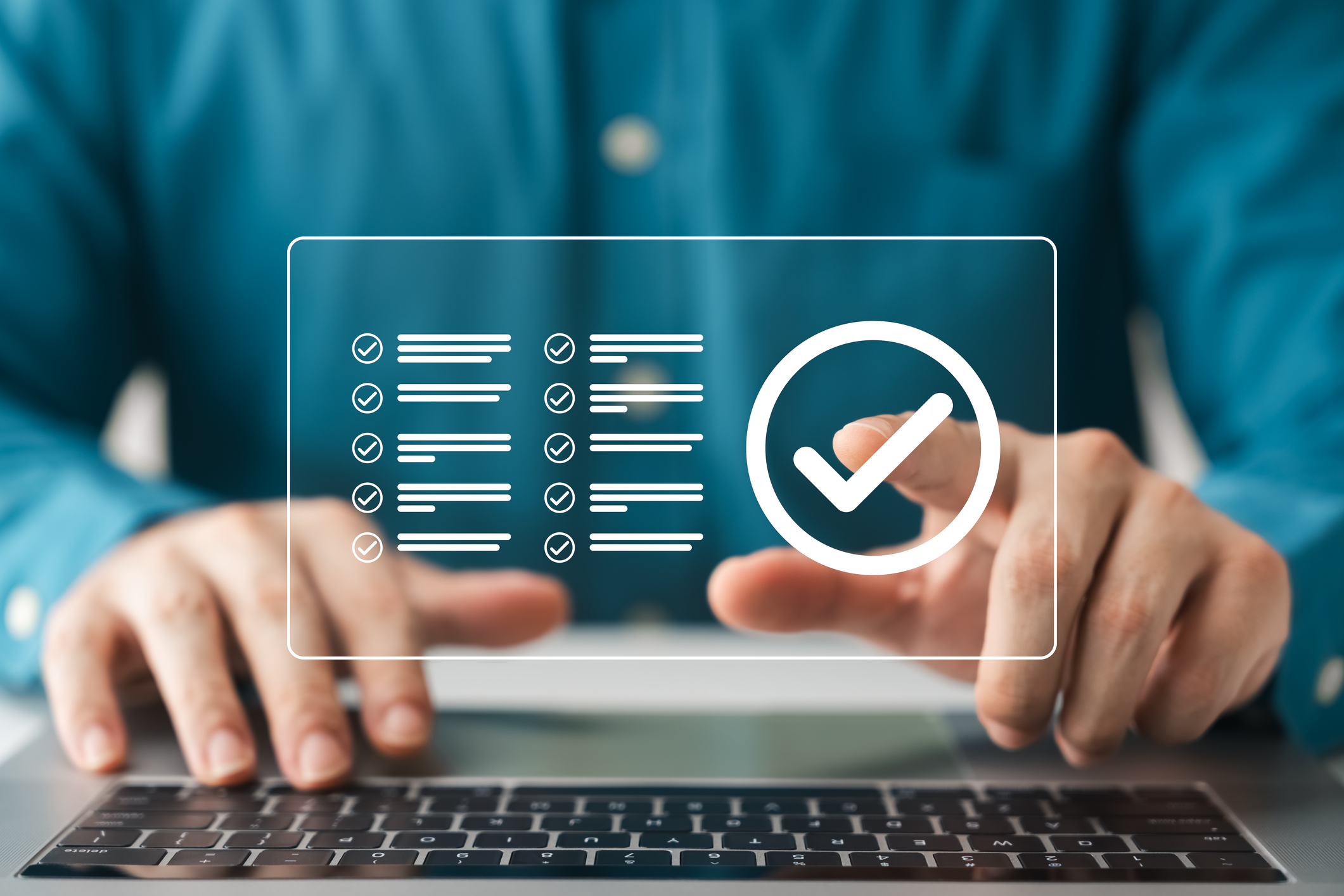In cybersecurity, a compliance management system (CMS) is more than a risk mitigation tool—it’s the operational framework that helps security teams enforce, monitor, and report on adherence to regulatory mandates, internal policies, and industry standards. A well-structured CMS centralizes processes and controls to reduce non-compliance exposure and integrates directly into broader cybersecurity risk strategies.
A CMS isn’t a single product or dashboard. It’s a coordinated system of technical tools, procedural workflows, and human oversight that together ensure regulatory alignment. For cybersecurity professionals, it can include policy engines, continuous control monitoring (CCM), vulnerability assessments tied to compliance mandates, and tools for documenting security operations in line with frameworks like NIST, ISO 27001, HIPAA, PCI DSS, and others.
Why a CMS Matters in Cybersecurity Operations
Security teams face a sprawling landscape of compliance regulations that evolve with every breach, new technology, and global data transfer law. From GDPR’s data handling rules to sector-specific frameworks like CMMC or SOC 2, keeping up requires more than documentation—it requires constant situational awareness across all systems and users.
Non-compliance isn’t just a legal problem. It introduces significant operational risk, expands an organization’s attack surface, and often correlates with weak security controls. For example, the gap between regulatory obligations and current system configurations can become an exploitable vulnerability. A CMS offers a structured approach for mapping, implementing, and monitoring compliance-related security controls across distributed environments.
Key Components of a CMS for Security Teams
- Board-Level Buy-In and Executive Accountability
Executive leadership must signal that security compliance is a strategic business priority. Without top-down pressure, even well-architected CMS programs stall during implementation. Boards and CISOs should align on the business risk of non-compliance and allocate appropriate resources, particularly for incident response, vulnerability disclosure handling, and third-party risk assessments. - Security Compliance Leadership
This often falls to the CISO, a dedicated compliance officer, or GRC lead. These roles manage the implementation of technical safeguards, policy alignment, audit readiness, and security awareness initiatives across the enterprise. Their task includes ensuring that technical controls map directly to regulatory requirements and that evidence can be produced on demand. - Formalized Compliance Program
This is the operational side of a CMS. It includes risk assessments, regular control testing, policy documentation, audit logging, security training, and enforcement. In mature environments, the compliance program is built into the security stack—automating reporting, generating alerts for non-compliance events, and enabling continuous compliance monitoring via integrations with SIEMs, vulnerability scanners, and IAM tools. - Consumer Complaint and Incident Intake
Although more common in consumer-facing environments, this function also applies to enterprise cybersecurity—particularly around breach disclosures, right-to-be-forgotten requests, and DSARs (Data Subject Access Requests). Having structured intake and escalation procedures helps reduce legal risk and aligns with breach notification regulations. - Internal and External Audits
Audits measure how security controls align with regulatory expectations. Internal audits help security teams identify and close control gaps before external auditors arrive. Mature CMS implementations make audit preparation routine by embedding compliance reporting into daily operations. External audits can validate readiness for certifications or serve as part of vendor assurance efforts. - Continuous Monitoring and Risk Assessment
Compliance is not static. Continuous monitoring tools—whether from cloud security posture management (CSPM), configuration management databases (CMDBs), or extended detection and response (XDR)—provide real-time insight into drift from compliance baselines. When controls degrade, these systems alert stakeholders and log incidents for forensic and reporting purposes.
Implementing a CMS: Practical Steps for Security Teams
- Baseline Requirements: Begin with a gap analysis—compare your current control set to your regulatory obligations. This forms the foundation of your CMS roadmap.
- Tool Selection: Choose GRC platforms, policy engines, and audit support tools that integrate with your SIEM, identity provider, and cloud environments. API compatibility matters more than UI.
- Define Ownership: Assign responsibility across teams (IT, legal, HR, dev) for specific compliance objectives. Clarify who maintains control mappings and who handles audit response.
- Training and Policy Enforcement: Technical controls only go so far without user behavior alignment. Incorporate role-specific security training and automated policy enforcement where possible.
- Audit Readiness: Maintain documentation of system configurations, access controls, incident response procedures, and prior assessment results. Use dashboards and automated compliance scoring where available.
- Feedback Loops: Monitor for shifts in the regulatory landscape. Use threat intelligence, vendor updates, and industry groups to anticipate changes and adjust the CMS accordingly.
Final Thoughts
For cybersecurity teams, a CMS isn’t optional—it’s essential infrastructure. It ties together regulatory compliance, operational security, and business continuity into one system of accountability. In an era where compliance violations often signal deeper security failings, a properly implemented CMS is one of the strongest defenses against reputational and regulatory damage.
How Can Netizen Help?
Netizen ensures that security gets built-in and not bolted-on. Providing advanced solutions to protect critical IT infrastructure such as the popular “CISO-as-a-Service” wherein companies can leverage the expertise of executive-level cybersecurity professionals without having to bear the cost of employing them full time.
We also offer compliance support, vulnerability assessments, penetration testing, and more security-related services for businesses of any size and type.
Additionally, Netizen offers an automated and affordable assessment tool that continuously scans systems, websites, applications, and networks to uncover issues. Vulnerability data is then securely analyzed and presented through an easy-to-interpret dashboard to yield actionable risk and compliance information for audiences ranging from IT professionals to executive managers.
Netizen is an ISO 27001:2013 (Information Security Management), ISO 9001:2015, and CMMI V 2.0 Level 3 certified company. We are a proud Service-Disabled Veteran-Owned Small Business that is recognized by the U.S. Department of Labor for hiring and retention of military veterans.
Questions or concerns? Feel free to reach out to us any time –
https://www.netizen.net/contact



